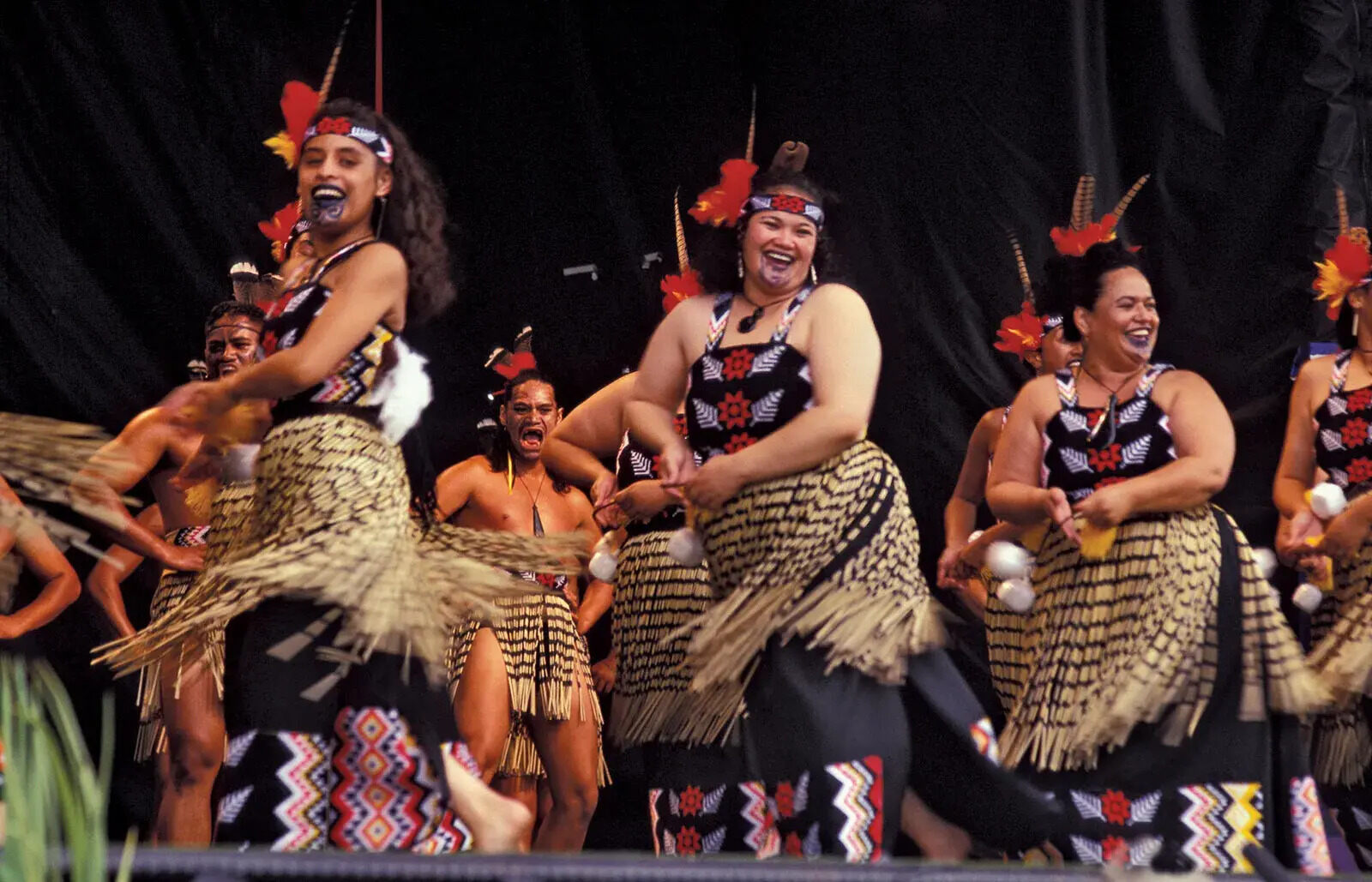The Hidden Stories Behind The Hawaiian Haka

Have you ever wondered about the Hawaiian Haka? This traditional dance, often mistaken for the Maori Haka from New Zealand, holds deep cultural significance for Hawaiians. Unlike the Maori version, the Hawaiian Haka has its own unique history and purpose. It’s not just a war dance; it’s a way to tell stories, celebrate events, and honor ancestors. The movements, chants, and expressions all carry meaning, connecting performers to their heritage. Learning about the Hawaiian Haka can give you a new appreciation for Hawaii’s rich traditions. Ready to dive into the fascinating world of this cultural gem? Let’s get started!
The Origins of the Hawaiian Haka
The Hawaiian Haka, often mistaken for its Maori counterpart, has deep roots in Hawaiian culture. This traditional dance, known as the "Ha'a," carries significant meaning and history. Let's uncover some of the hidden stories behind this powerful performance.
Ancient Warriors' Ritual The Ha'a was originally performed by Hawaiian warriors before heading into battle. It served to boost morale, intimidate opponents, and invoke the protection of the gods. The warriors' synchronized movements and chants created a sense of unity and strength.
Spiritual Connection Beyond its martial origins, the Ha'a also has spiritual significance. It is a way to connect with ancestors and honor the gods. The chants, or "oli," often tell stories of creation, legendary heroes, and natural elements, linking performers to their heritage.
The Evolution of the Ha'a
As time passed, the Ha'a evolved from a war dance to a cultural expression seen in various ceremonies and celebrations. This evolution reflects the adaptability and resilience of Hawaiian culture.
Royal Ceremonies In ancient Hawaii, the Ha'a was performed during royal ceremonies to honor chiefs and kings. These performances showcased the dancers' skill and dedication, reinforcing the social hierarchy and the divine right of the rulers.
Modern Sports Today, the Ha'a has found a place in modern sports, particularly in Hawaiian football teams. Players perform the Ha'a before games to build team spirit and pay homage to their cultural roots. This modern adaptation keeps the tradition alive and relevant.
The Symbolism in the Movements
Every movement in the Ha'a carries symbolic meaning, reflecting the values and beliefs of Hawaiian society. Understanding these symbols adds depth to the appreciation of this dance.
Hand Gestures Hand gestures in the Ha'a often mimic natural elements like waves, wind, and mountains. These gestures symbolize the connection between humans and nature, emphasizing the importance of environmental stewardship in Hawaiian culture.
Facial Expressions Intense facial expressions, including wide eyes and protruding tongues, are used to convey emotions and intentions. These expressions can signify aggression, determination, or reverence, depending on the context of the performance.
The Role of Music and Chants
Music and chants, or "mele," play a crucial role in the Ha'a, providing rhythm and context to the dance. The combination of movement and sound creates a powerful sensory experience.
Traditional Instruments Instruments like the pahu (drum) and the ipu (gourd) are commonly used in Ha'a performances. The rhythmic beats of these instruments guide the dancers and enhance the overall impact of the performance.
Chant Leaders A chant leader, or "kumu," often leads the Ha'a, setting the pace and tone of the performance. The kumu's role is vital, as they ensure the accuracy and authenticity of the chants, preserving the cultural integrity of the Ha'a.
The Cultural Significance Today
The Ha'a remains a vital part of Hawaiian culture, serving as a bridge between the past and present. Its continued practice ensures that the stories and values of ancient Hawaii are not forgotten.
Educational Programs Many schools in Hawaii incorporate the Ha'a into their curriculum, teaching students about their cultural heritage. These programs help instill pride and respect for Hawaiian traditions in younger generations.
Community Events The Ha'a is often performed at community events, such as festivals and cultural gatherings. These performances bring people together, fostering a sense of unity and shared identity among Hawaiians.
The Cultural Significance of the Hawaiian Haka
The Hawaiian Haka is more than just a dance. It’s a powerful expression of Hawaiian culture and history. Each movement, chant, and gesture tells a story, connecting the present to the past. This tradition is a reminder of the resilience and spirit of the Hawaiian people. When you witness a Haka, you’re not just seeing a performance; you’re experiencing a piece of Hawaii’s soul. Understanding the deeper meaning behind the Haka enriches any visit to Hawaii. It offers a unique glimpse into the island’s rich heritage. Next time you see a Haka, remember the stories and emotions it carries. This cultural treasure continues to inspire and unite, keeping the spirit of Hawaii alive for future generations.

